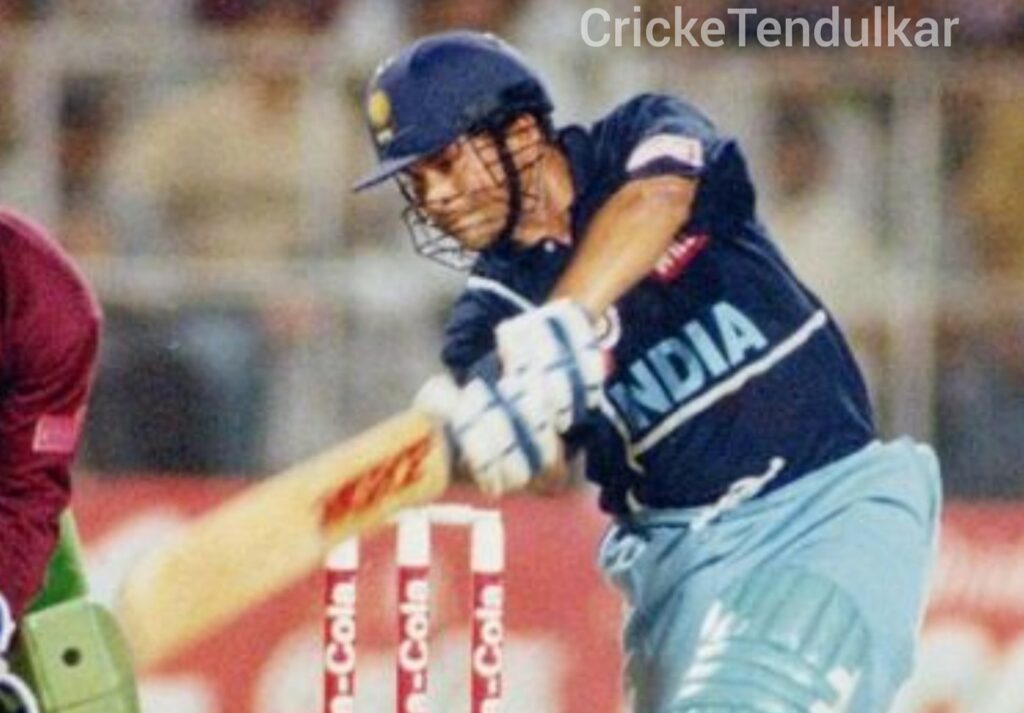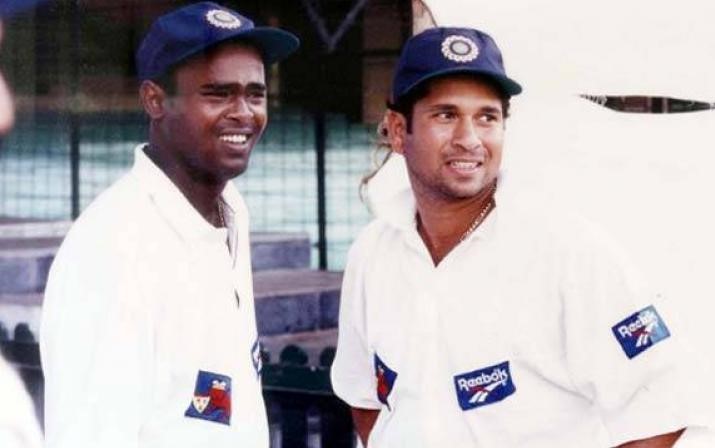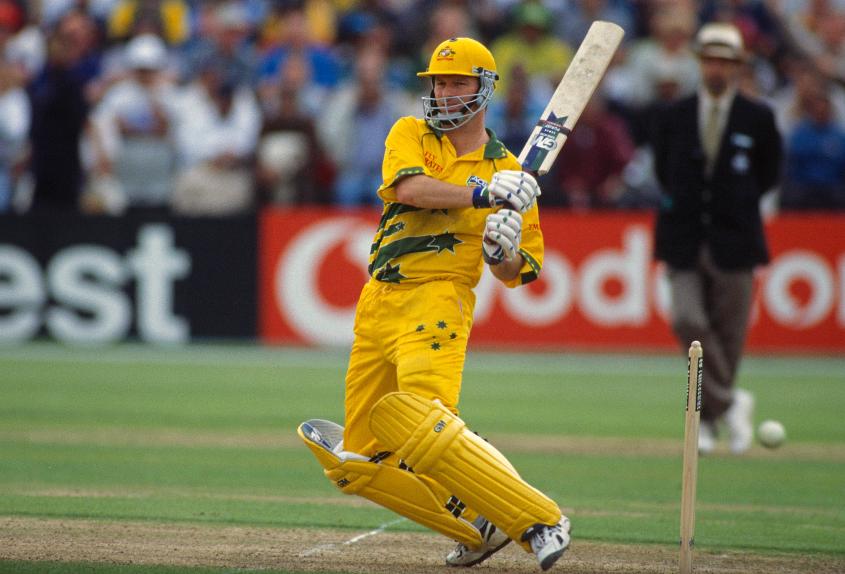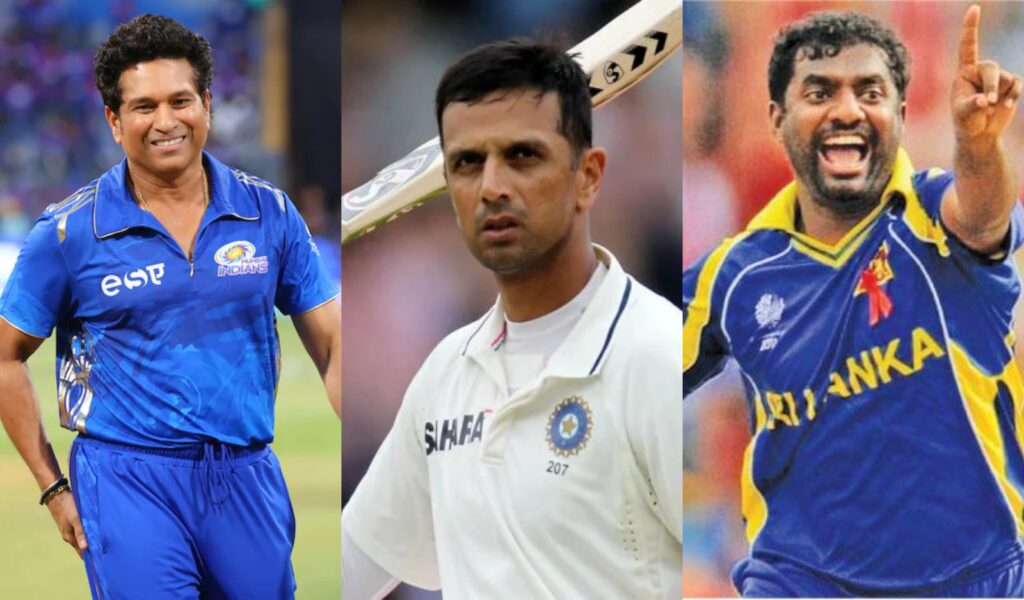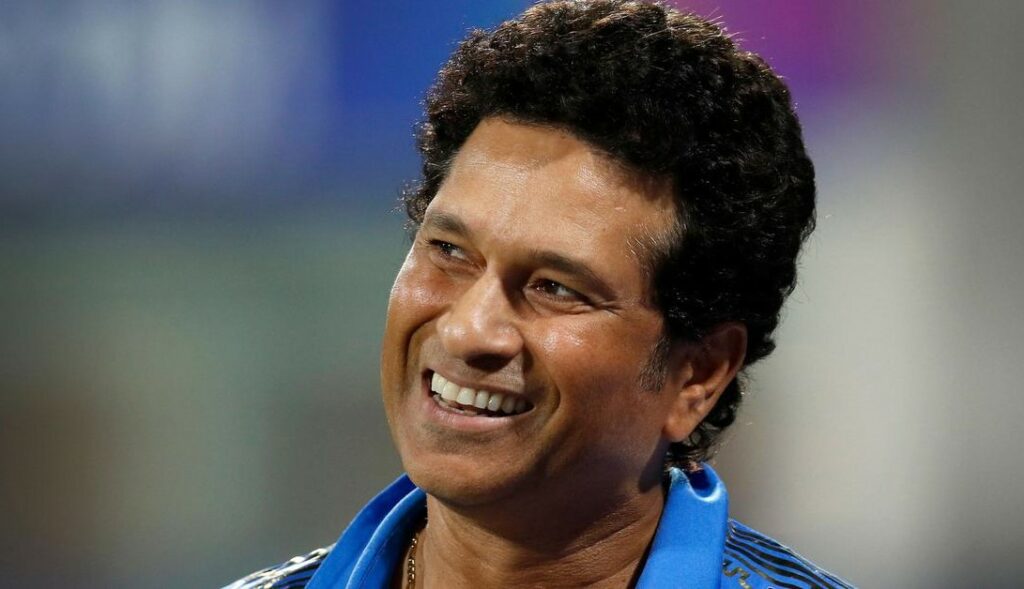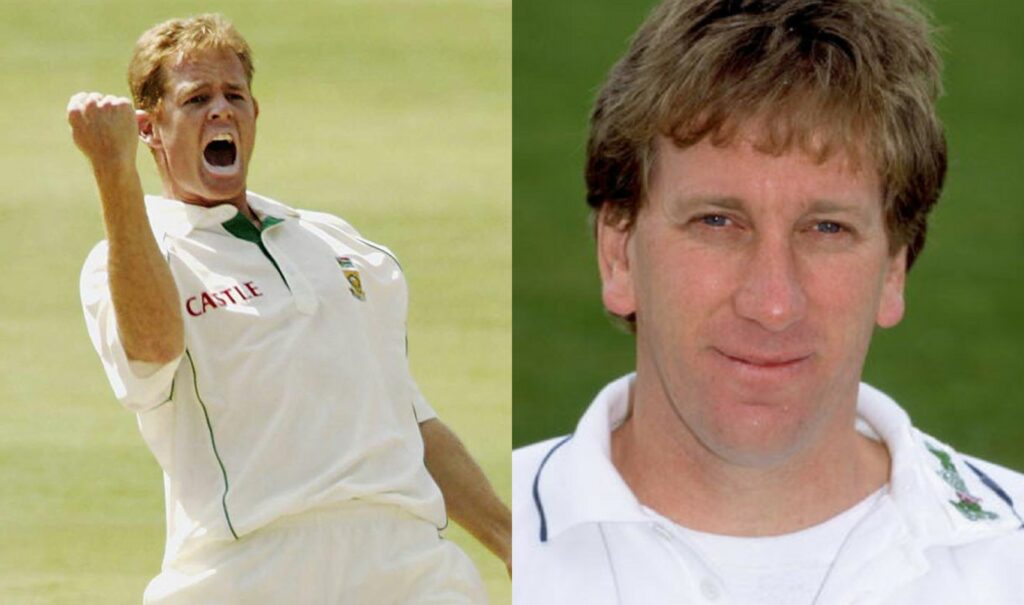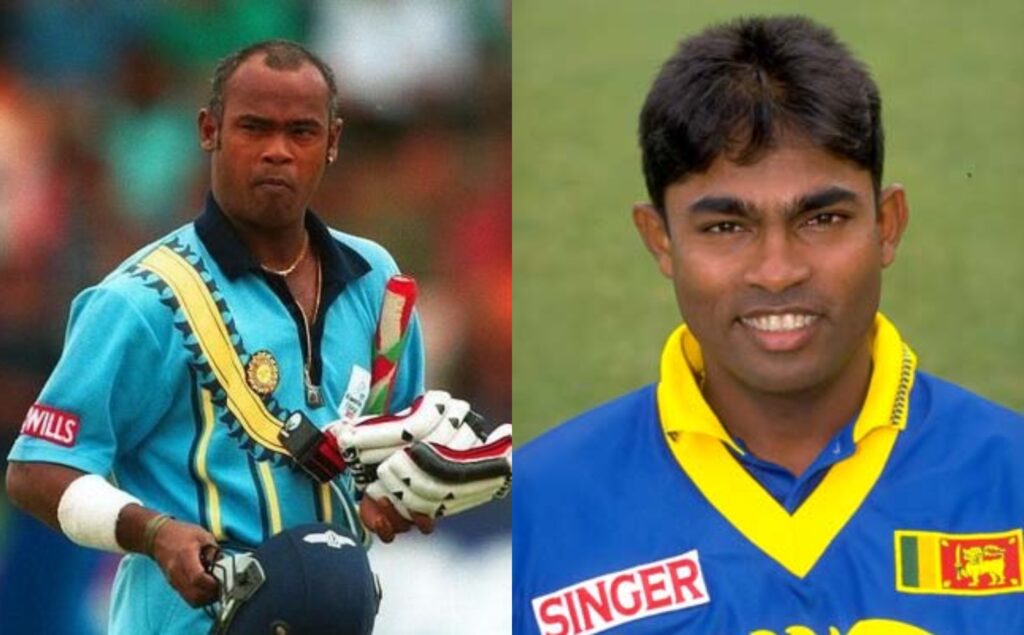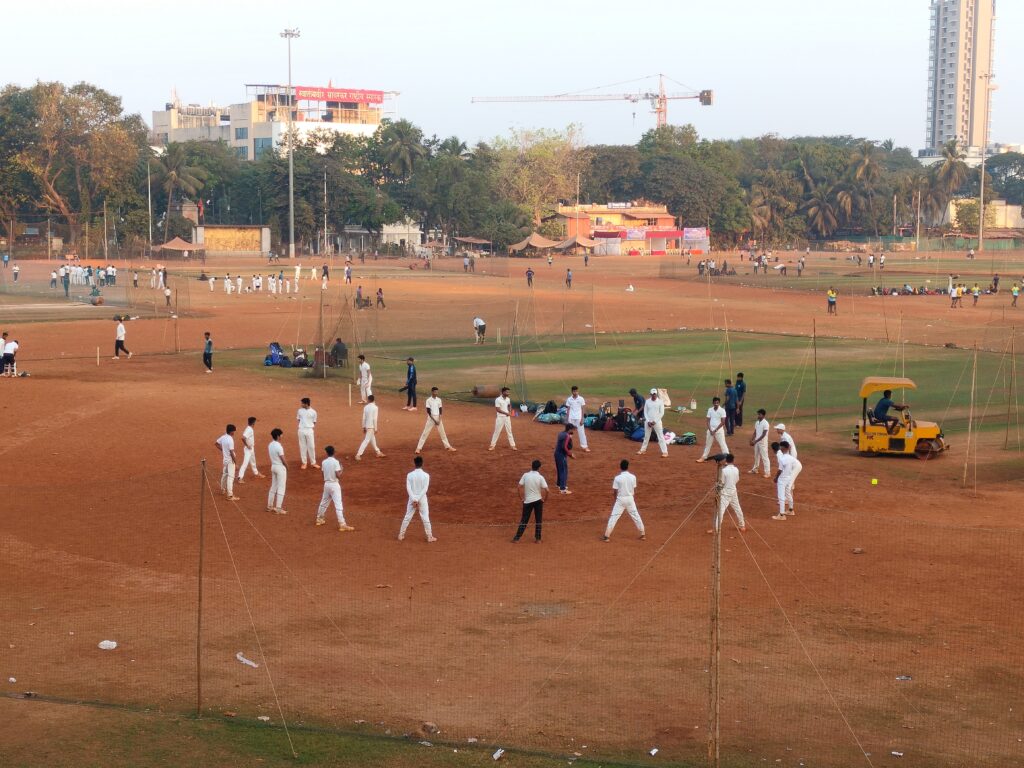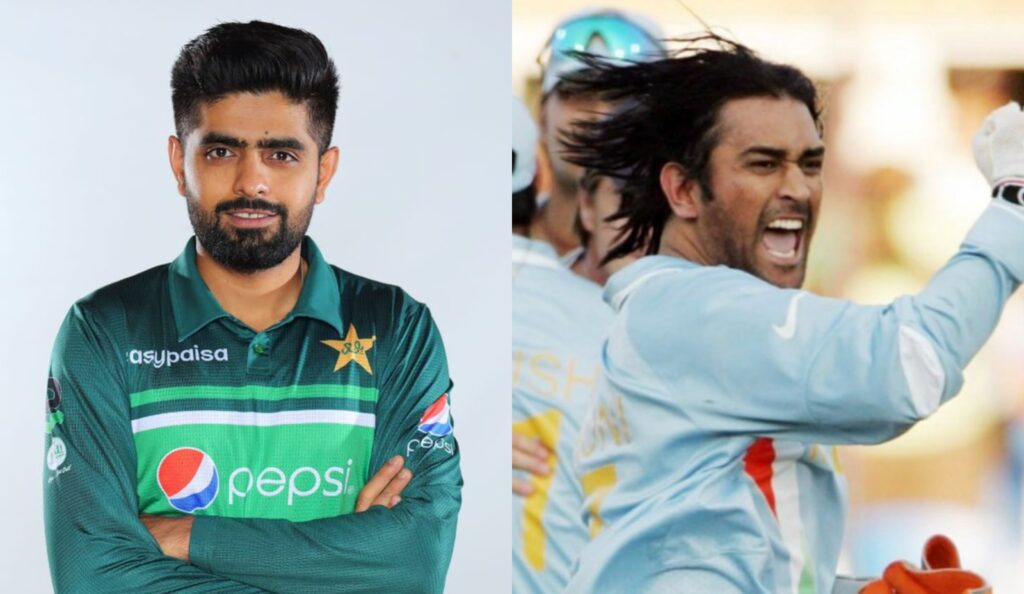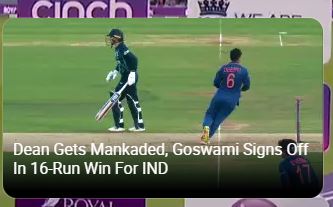One thing that is common during all IPL (Indian Premiere League) seasons is that the it is played in extreme heat, especially in the latter half which takes place in April and May. But much before the IPL began, there was a time when India used to host international matches in the heat of April and May.
One such match that was played in India in the May of 1998 is unforgettable, more for the weather than the cricket played. As unbelievable as it may sound, the day the match was played, the ground temperature was as astonishingly high as 57 degrees Celsius!
The mid and late 90s were known for the various triangular series (this is majorly missed today). In the summer of 1998, India hosted an unusual tri series featuring the hosts, Bangladesh and Kenya. The interest level for the series, called Coca-Cola Triangular Series, was higher than one would expect.
Also as expected, India was the first team to easily reach the final. Their last league match was against Kenya in Gwalior on May 28. This was the match which recorded a temperature of 57 degrees Celsius. I still remember former cricketer turned commentator Sunil Gavaskar showing the temperature to the viewers before the match in a device. I was stunned to see 57 degrees on it. The commentators even discussed how difficult it would be for the players to play in such conditions. This might well be the hottest condition in which a cricket match has been played.
Photo source: CrickeTendulkar Facebook page
The match, which was expected to be another one-sided Indian win, turned out to be a surprise. In other words, the temperature wasn’t the only thing that made news that day. Kenya opted to bat first and scored a fighting total of 265 for 5 in their 50 overs. Captain Maurice Odumbe top scored with 83 while Ravi Shah and Hitesh Modi provided solid contributions with 70 and 51 respectively.
I and a few friends were actually happy to see Kenya score such a total. We thought we would get to see a good display of Indian batting. The rest of the Indian matches in the tournament were easy victories for the home side and hence, weren’t exciting.
However, we were in for a rude surprise as India’s strong batting line up started collapsing. Sachin Tendulkar, who was having a dream run in 1998, was the first one to be dismissed. India started losing wickets at regular intervals and were all out for just 196 with not a single batter reaching even 40. The defeat could have been much bigger as at one stage India were 155 for 8. But there was some resilience from Anil Kumble (20) and Venkatesh Prasad (19). See the scorecard of the match HERE.
(Article continued after video)
With the win, Kenya succeeded in reaching the finals. What the defeat did was that it generated some interest in the final match that was played in Kolkata’s Eden Gardens on May 31. India opted to bowl first in the match and one could easily see the spring in their stride to avenge the defeat in Gwalior.
This time, Kenya were all out for just 196; the same score that India scored in the previous match. India’s openers Tendulkar and Sourav Ganguly too seemed all charged up. They were literally toying with Kenya’s bowling. Their partnership ended at 77. Jadeja was promoted and he scored an unbeaten 50. But Tendulkar was the scene-stealer with an unbeaten 100 off 103 balls. India won by 9 wickets with as many as 15 overs to spare. See the scorecard of the match HERE.
(Article continued after video)
Few years later in 2001, I had gone to watch the practice match between Board President’s XI and the touring England side at the Brabourne Stadium in Mumbai. I got talking to an English supporter and during the course of the conversation, I mentioned about this tri series. He wasn’t aware of this series and was shocked that India played a tri series with two ‘minnows’. I remember him saying, “India, Bangladesh and Kenya? This is not a tri series.”
However, I feel such tournaments with major countries help associate nations gain more exposure. Today, Ireland and Afghanistan are playing a lot of bilateral series with stronger teams. But a triangular series like the aforementioned one would help them even more.
Also read: When Australia DELIBERATELY batted slow in this WC match
